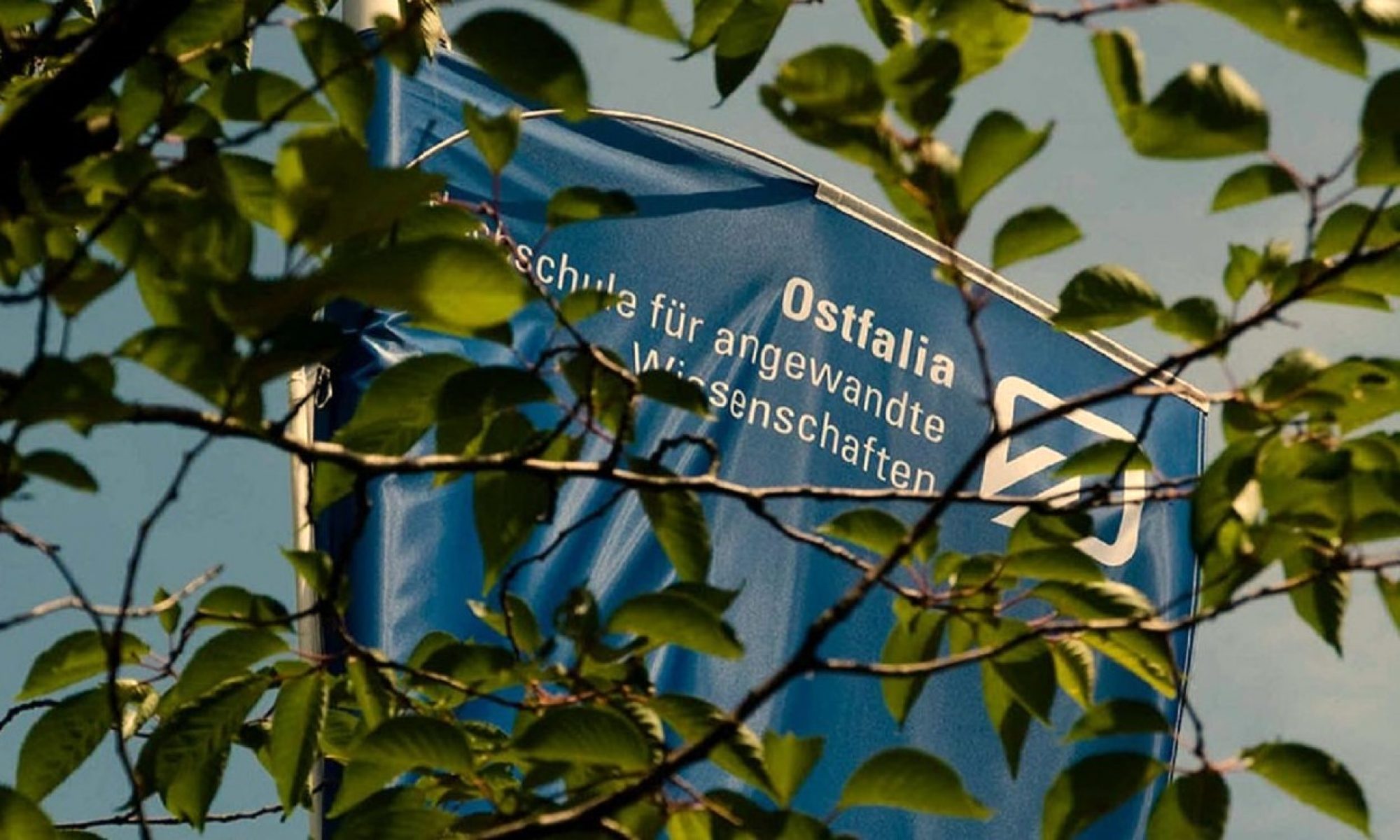Morten Brekke, Luis Fernando Jack & Emma Nesdal Slinning
morten.brekke@uia.no ; luis.f.jack@uia.no ; emma.n.slinning@uia.no
University of Agder, Grimstad, Norway
Abstract
As part of recruiting more students to the engineering programme at our university, a six-week intensive mathematics course (MA-006) is offered every summer for students with university entrance qualifications who lack mathematics and for students with vocational certificates. Students must pass this course to enter a bachelor program in engineering. In the summer of 2024, significant changes were made to the course. Previously, the course was taught quite traditionally with three hours of lectures and three hours of training with student assistants every day. The requirements to pass the course were three written midterm tests (above 40%) and a final written three-hour school exam (above 40%). In 2024, I took over this course and made significant changes. I have previously offered the same course online, showing that students from these courses performed as well in engineering mathematics (Calculus 1) as regular students with full specialization in mathematics (Brekke 2014). Experience with flipped classroom and portfolio with digital tests showed good results for the bachelor’s program in electronics (Brekke 2016). We have now changed the Calculus 1, to portfolio assessment with very good results. This after we looked at how the teaching is done and how it was perceived by students (Zakariya et al. 2022). MA-006 was set up with pre-recorded short videos and a portfolio of three tests in STACK, with a requirement of a minimum of 60% on all tests to pass. The course is tailored to provide a smooth transition to Calculus 1. MA-006 was offered both as a campus course and as a fully online course. The campus teaching was organized and conducted by three learning assistants. The course emphasizes independent learning through self-paced study, digital resources, and interactive problem-solving sessions on campus. In this paper we, Morten (professor and course responsible), Emma and Luis (teaching assistants and fellow students) present how students experienced the course. We will investigate how this group of students performed in Calculus 1 compared to regular students. Semi-structured interviews were conducted for both campus and online students to understand their experiences. Conclusions so far shows that teaching assistants, were valued for their approachability and understanding. Students relied heavily on course-provided materials and AI tools like ChatGPT for clarifying concepts. Motivation and self-discipline were crucial for success, with campus attendees finding the collaborative environment motivating. Students reported a smooth transition to Calculus 1, with no significant knowledge gaps. The course’s intensity and segment-based testing system were particularly appreciated.
Keywords
Flexible, bridging mathematics, peer learning, video, digital tests
References
Brekke, M. (2014). Pre-Calc Students from Digital Online Courses, Performance on Calculus Courses at University Level. E-Learning at Work and the Workplace – EDEN Annual Conference Proceedings, 10-13 June 2014, Zagreb ISBN 978-963-89559-7-5. (pp. 658-668)
Brekke, M. (2016). Embedding mathematics content within the electronics courses for engineering students. The 18th SEFI Mathematics working group seminar, 27-29 June, 2016 Gothenburg, Sweden. Proceedings ISBN: 978-2-87352-013-7 (pp.63-68)
Zakariya, Y F. Midttun, Ø, Nyberg, S O G. Gjesteland T. (2022) Reforming the Teaching and Learning of Foundational Mathematics Courses: An Investigation into the Status Quo of Teaching, Feedback Delivery, and Assessment in a First-Year Calculus Course. Mathematics. ISSN 2227-7390. 10(13). doi: 10.3390/math10132164.
